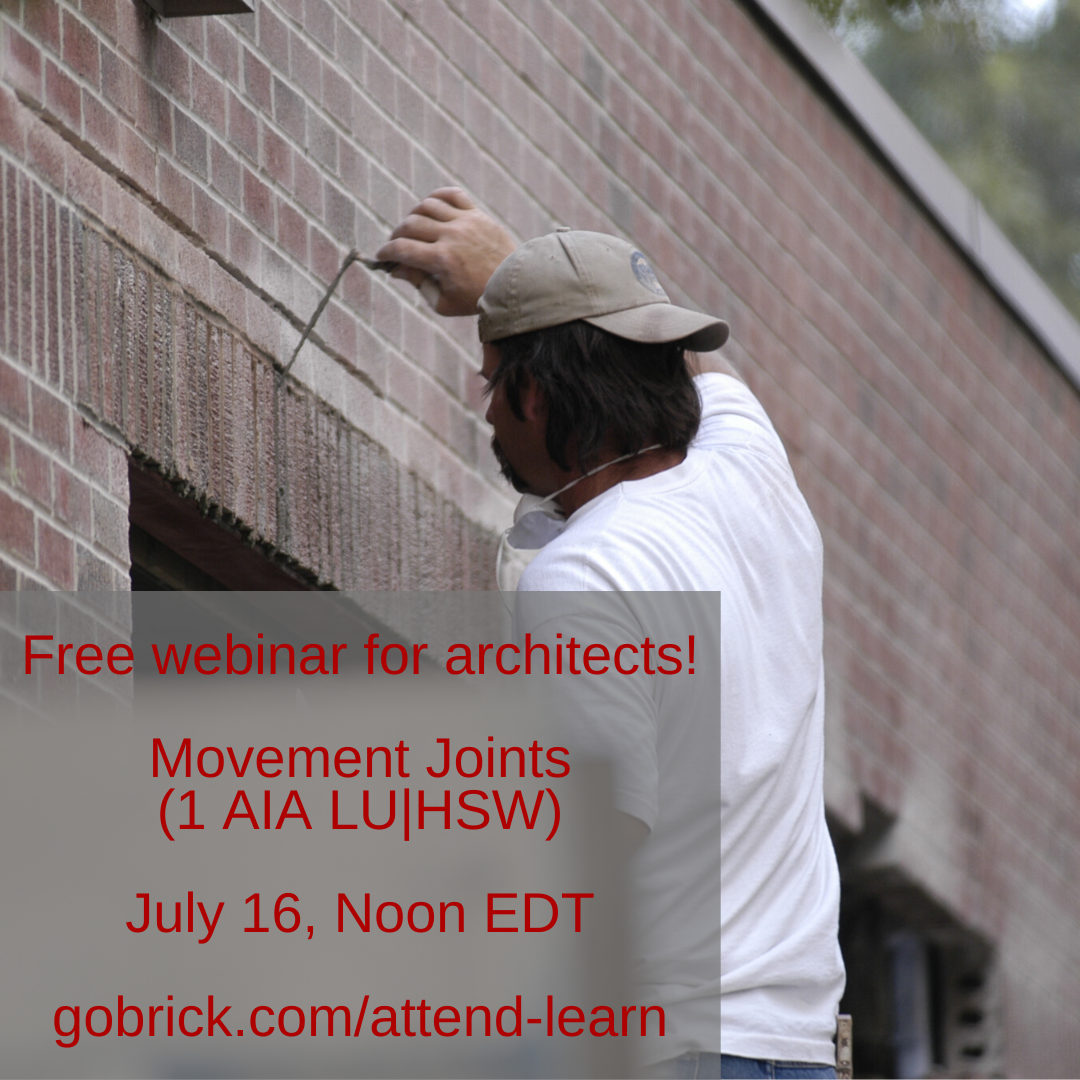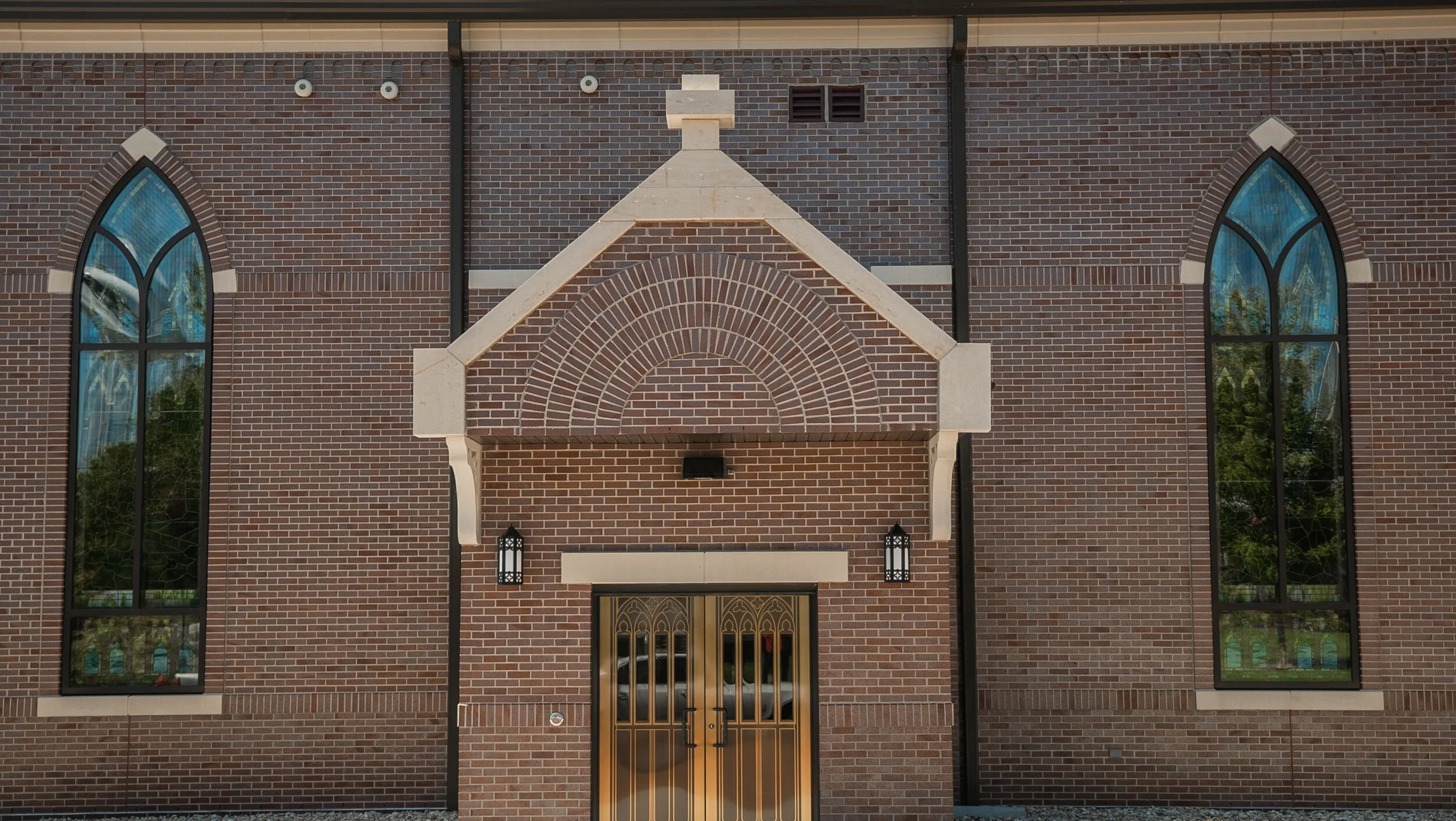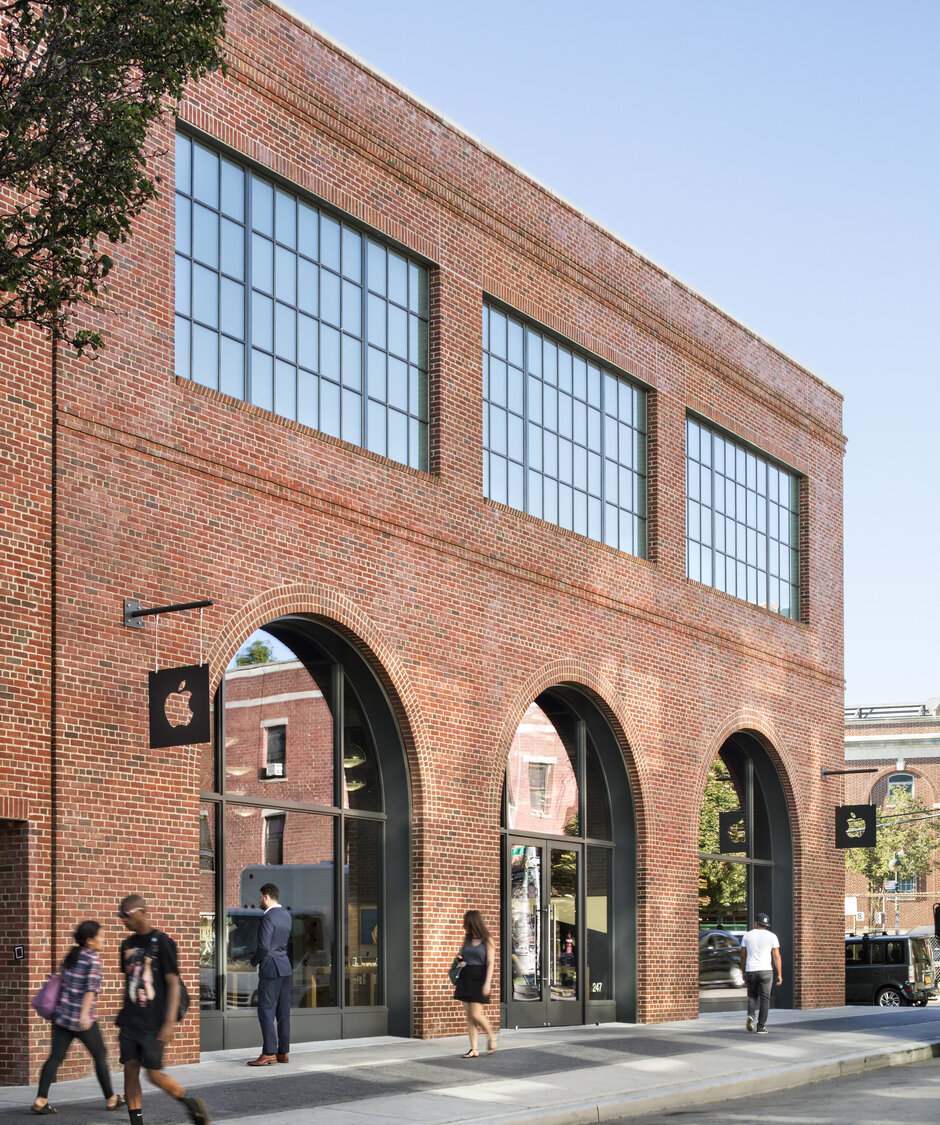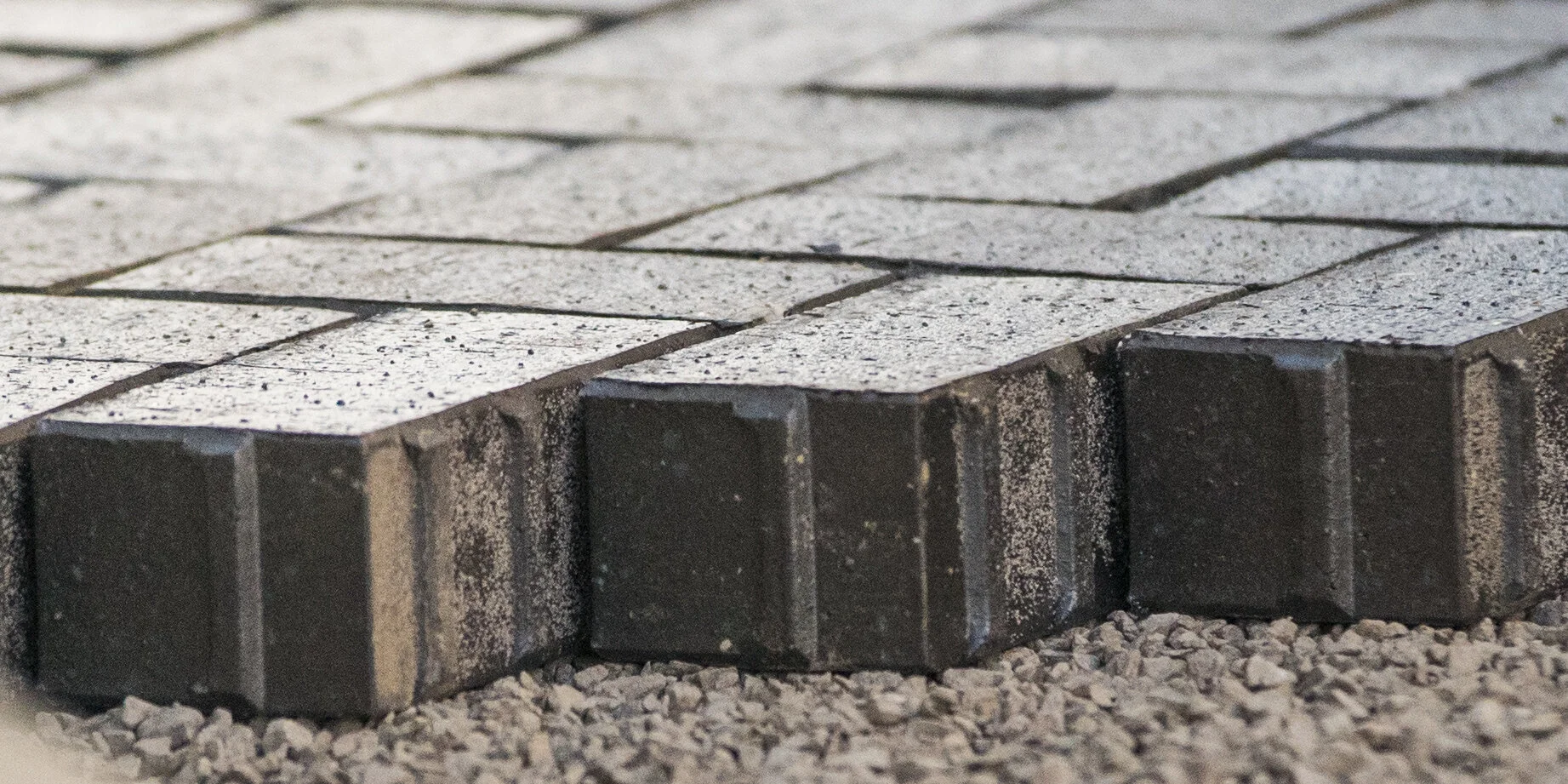Free live webinar series for AIA credit
/It’s our goal here at the Heartland Region of the Brick Industry Association (BIA), and at the national Brick Industry Association, to support architects as they create beautiful, durable, inspiring structures. To that end, we offer lots of technical resources, including our popular Technical Notes and online courses through AEC Daily, at no charge. We like free.
We know you like free, too, so in the absence of in-person conferences and seminars in our COVID-19 impacted world, BIA is bringing you a series of live webinars to help you stay up to date with your continuing education.
Read More














